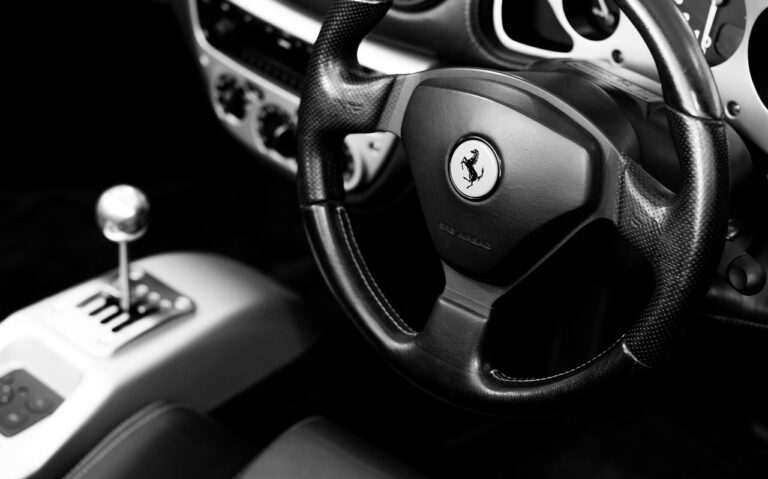Market Trends: Adoption of Ergonomically Engineered Automotive Seat Shapes
all panel login mahadev book, lotus bhai.com, laser book 247 com registration:Market Trends: Adoption of Ergonomically Engineered Automotive Seat Shapes
In recent years, there has been a growing trend in the automotive industry towards the adoption of ergonomically engineered seat shapes. This shift reflects a greater emphasis on driver and passenger comfort, safety, and overall driving experience. As car manufacturers strive to differentiate their vehicles in a competitive market, the design of automotive seats has become a key focal point. Let’s delve into the market trends driving the adoption of ergonomically engineered automotive seat shapes and explore how this trend is shaping the future of car interiors.
Understanding Ergonomics in Automotive Seat Design
Ergonomics is the science of designing products and environments to fit the people who use them. When it comes to automotive seat design, ergonomics plays a crucial role in ensuring that drivers and passengers are comfortable and safe while traveling. Ergonomically engineered seat shapes are designed to provide proper support to the body, reduce fatigue, and minimize the risk of musculoskeletal injuries.
Ergonomically engineered automotive seat shapes take into account various factors, such as the natural curve of the spine, the distribution of body weight, and the alignment of body joints. By incorporating these considerations into seat design, car manufacturers can create seats that offer optimal comfort and support for individuals of all shapes and sizes.
Market Trends Driving Adoption of Ergonomically Engineered Seat Shapes
1. Consumer Demand for Comfort and Safety
One of the key drivers behind the adoption of ergonomically engineered seat shapes is the growing demand from consumers for comfort and safety features in their vehicles. As people spend more time on the road, whether for daily commutes or long road trips, they seek seats that provide adequate support and minimize discomfort. Ergonomically engineered seat shapes address these needs by offering superior cushioning, lumbar support, and adjustability options.
2. Competitive Differentiation
In a crowded automotive market, car manufacturers are constantly looking for ways to differentiate their vehicles and attract consumers. The design of automotive seats has become a crucial element in this differentiation strategy. By incorporating ergonomically engineered seat shapes into their vehicles, manufacturers can showcase a commitment to comfort, quality, and innovation, setting their cars apart from the competition.
3. Focus on Driver Experience
The driving experience is a key consideration for many consumers when choosing a vehicle. Ergonomically engineered seat shapes not only enhance comfort and safety but also contribute to an overall positive driving experience. By investing in high-quality seats that are designed to support the body during long hours behind the wheel, car manufacturers can improve customer satisfaction and loyalty.
4. Technological Advancements
Advancements in technology have enabled car manufacturers to design seats that are not only ergonomic but also technologically advanced. Features such as heating, cooling, massage functions, and automatic adjustment settings have become increasingly common in modern automotive seats. These tech-savvy additions enhance the overall comfort and convenience of the driving experience, further driving the adoption of ergonomically engineered seat shapes.
5. Regulatory Requirements
Regulatory bodies around the world are placing a greater emphasis on safety and comfort standards for automotive seats. Manufacturers are required to meet certain criteria related to crashworthiness, occupant protection, and ergonomics. Ergonomically engineered seat shapes help car manufacturers comply with these regulations and ensure that their vehicles meet the necessary safety and comfort standards.
6. Sustainability and Environmental Concerns
As the automotive industry moves towards a more sustainable future, car manufacturers are exploring ways to reduce the environmental impact of their vehicles. Ergonomically engineered seat shapes can play a role in this shift by using eco-friendly materials and designs that prioritize longevity and recyclability. By investing in sustainable seat solutions, manufacturers can appeal to environmentally conscious consumers and make a positive impact on the planet.
The Future of Automotive Seat Design
The adoption of ergonomically engineered seat shapes is poised to continue shaping the future of automotive seat design. As consumer preferences evolve and technology advances, we can expect to see even more innovative features and designs in automotive seats. From smart sensors that adjust seat settings based on the driver’s body to customizable configurations that cater to individual comfort preferences, the possibilities are endless.
FAQs
Q: What are the key benefits of ergonomically engineered automotive seat shapes?
A: Ergonomically engineered seat shapes offer superior comfort, support, and safety for drivers and passengers. These seats reduce fatigue, minimize the risk of musculoskeletal injuries, and enhance the overall driving experience.
Q: Are ergonomically engineered seat shapes only available in luxury vehicles?
A: While ergonomically engineered seats are commonly found in luxury vehicles, they are increasingly being incorporated into mainstream and economy cars. Car manufacturers across all price points are recognizing the importance of comfort and safety in automotive seat design.
Q: How can I ensure that my vehicle has ergonomically engineered seat shapes?
A: When shopping for a new car, pay attention to the seat design and features offered by different manufacturers. Look for seats that provide adequate lumbar support, cushioning, and adjustability options. Test driving the vehicle and evaluating the comfort and support offered by the seats can also help you determine if they are ergonomically engineered.
Q: Can I retrofit my current vehicle with ergonomically engineered seat shapes?
A: Retrofitting your current vehicle with ergonomically engineered seat shapes may be possible, depending on the make and model of your car. Consult with a professional automotive technician or upholstery specialist to explore your options for upgrading your seats to improve comfort and support.
In conclusion, the adoption of ergonomically engineered automotive seat shapes is a growing trend driven by consumer demand for comfort and safety, competitive differentiation, technological advancements, regulatory requirements, and sustainability concerns. As car manufacturers continue to prioritize seat design as a key element in vehicle differentiation and customer satisfaction, we can expect to see more innovative and technologically advanced seat solutions in the future. By investing in ergonomically engineered seats, manufacturers are not only meeting regulatory standards but also enhancing the overall driving experience for consumers.






